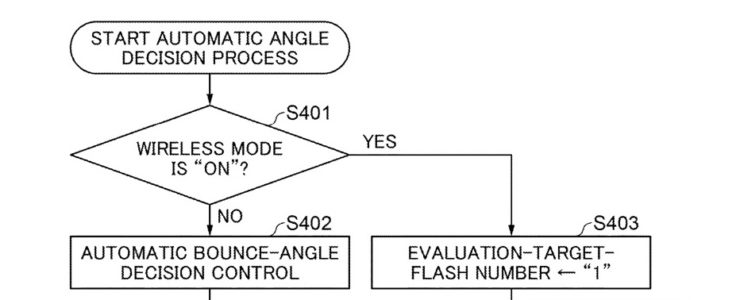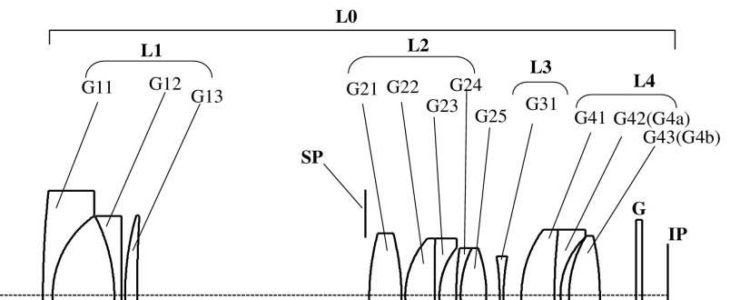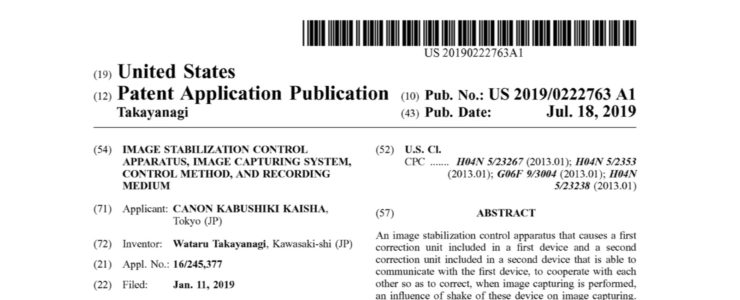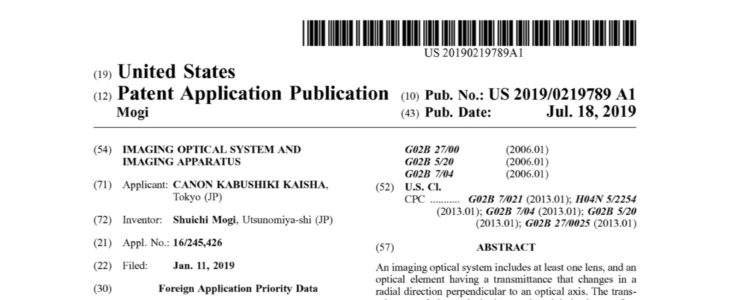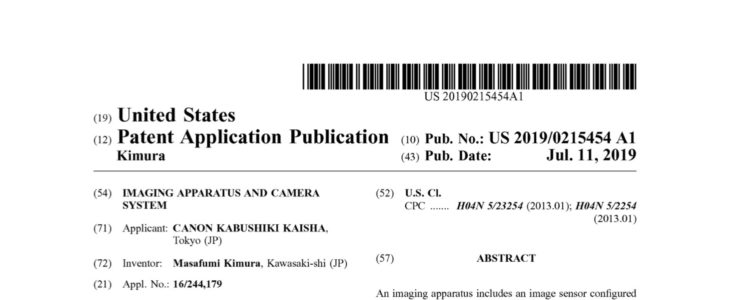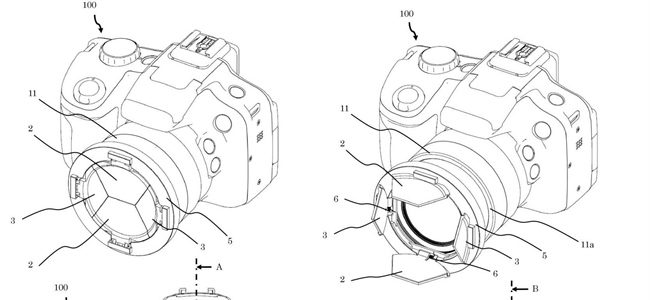Canon Patent To Automatically Find Best Irradiation Angle For Bounce Flashes
Canon patent application US 2019-0230271 discusses methods and algorithm to automatically establish the optimal irradiation angle for bounce flashes.
In other words, the aim of the Canon patent application is automatically find the irradiation angle of each receiver-flash in a setup where you are using a plurality of receiver-flashes.
The Canon patent discusses…
[…] an image pickup apparatus that is capable of automatically finding an irradiation angle of each external flash in photographing using a plurality of external flashes. An image pickup apparatus controls external flashes that are communicably connected to one another and have light emitting units of which irradiation angles are variable. A photometry device obtains a photometry value. A memory device stores a set of instructions. At least one processor that executes the set of instructions to: obtain photometry values at times of emissions at each of different irradiation angles for each of the external flashes, generate an evaluation value at each of the different irradiation angles based on a photometry result obtained by the photometry device, and decide an irradiation angle for photographing of each of the external flashes based on the evaluation values generated.
The issue more detailed:
There is a known image pickup apparatus, such as a digital camera, that does not only irradiate an object directly with flash light but also enables what is called a bounce flash photographing by irradiating the entire area including the object with flash light that is directed to a ceiling by changing a flash-light irradiation angle and is reflected and diffused by the ceiling. Use of a receiver-flash during the bounce flash photographing enables various expressions. For example, a light amount balance between irradiation light from a right side of an object and irradiation light from a left side can be changed, and a shadow appearing in a background can be eliminated by irradiation light toward the background.
Appropriate determination of the irradiation direction of the flash light in photographing using a receiver-flash and the bounce flash photographing requires time and effort from a photographer. For example, an appropriate irradiation direction of flash light in the bounce flash photographing is decided by repeating test photographing at several times. In the photographing using a receiver-flash, if an irradiation direction of flash light of the installed receiver-flash has shifted from a direction toward a target, a photographer must go to the receiver-flash and adjust the irradiation direction.
In view of such failure, Japanese Laid-Open Patent Publication (Kokai) No. 2011-221364 (JP 2011-221364A) suggests a technique that repeats emission and photometry while changing an irradiation angle of flash light and stores the irradiation angle at which the maximum photometry value among the obtained photometry values except for photometry values within a predetermined range has been obtained. This suggestion enables to automatically find the angle at which an irradiation light amount to an object is maximized except for the irradiation angles directly directed to the object as the irradiation angle for the bounce flash photographing.
However, the technique disclosed in the above-mentioned publication cannot automatically find the irradiation angle of each receiver-flash in the photographing using a plurality of receiver-flashes.
SUMMARY OF THE INVENTION
[…] Accordingly, a first aspect of the present invention provides an image pickup apparatus controlling external flashes that are communicably connected to one another and have light emitting units of which irradiation angles are variable, the image pickup apparatus comprising a photometry device that obtains a photometry value, a memory device that stores a set of instructions, and at least one processor that executes the set of instructions to: obtain photometry values at times of emissions at each of different irradiation angles for each of the external flashes, generate an evaluation value at each of the different irradiation angles based on a photometry result obtained by the photometry device, and decide an irradiation angle for photographing of each of the external flashes based on the evaluation values generated.Accordingly, a second aspect of the present invention provides a control method for an image pickup apparatus controlling external flashes that are communicably connected to one another and have light emitting units of which irradiation angles are variable, the control method comprising a photometry step of obtaining photometry values at times of emissions at each of different irradiation angles for each of the external flashes, a generation step of generating an evaluation value at each of the different irradiation angles based on a photometry result obtained in the photometry step, and a decision step of deciding an irradiation angle of each of the external flashes based on the evaluation values generated in the generation step.
According to the present invention, an irradiation angle of each external flash is controlled so as to irradiate an object or a background of the object in accordance with a setting in photographing using a plurality of external flashes.
More Canon patent applications are listed here. Some particularly interesting patent applications we think might get into production are these:
- A cooling adapter for the RF mount (R5 overheating?)
- A bunch of macro lenses for the RF mount.
- A 8mm f/4 circular fisheye lens for the Canon EOS R system
- A battery grip that works with differently siszed cameras
- A 100-400mm f/5.5-7.1 lens for APS-C cameras. EOS M or DSLR?
- RF 17-70mm lens for EOS R system
- IBIS coming to the EOS M and PowerShot lineup?
- Patent Application: mirrorless camera with large display and virtual control wheel
- Patent Application: IBIS and Lens IS Working Together
- Patent application for high speed mirror movement and control
- Patent application for an RF 14-28mm f/2 lens
- Patent application for an RF 50mm f/1.8 lens
- Patent application for a smart lens cap
- Patent application for celestial auto-focus
- Patent application describing a Pop-Up Flash With LED
- Patent application describing the optical formula for a RF 70-300mm F/4-5.6 IS lens for EOS R systems
- Patent application describing how to improve burst rate by compressing raw files
- Patent application describing a new way to review photos from a sequential shot
- Patent application that describes technology to improve wireless communication while reducing power consumption
- Patent application to spot and reduce moire artefacts in image data
- Patent application for weather sealed lens adapter
- Patent application for AI powered predictive camera control system
- Patent application for 18-55mm kit lens with LCD display
- Patent application to reduce noise in image files

